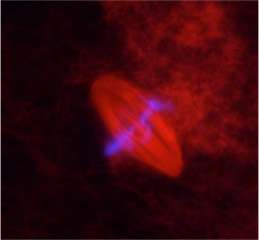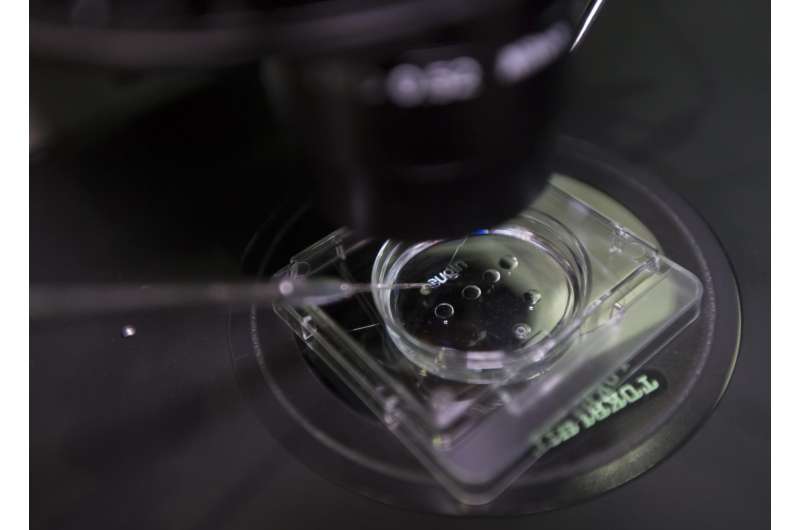Experimental technique analyses the functioning of human sperm before insemination

Research presented at the European Society of Human Reproduction and Embryology (ESHRE) annual conference describes for the first time the use of an experimental technique to analyse the functioning of human sperm in contact with the cytoplasmic content of eggs in vitro. By doing so, it was possible to verify before fertilisation occurred whether the sperm cell fulfilled its functions before being inseminated into an egg.
The research was led by Dr. Isabelle Vernos, ICREA research professor at the Centre for Genomic Regulation in Barcelona. "The aim of the research was to develop a technique prior to the use of male gametes in an assisted reproduction cycle in order to verify whether their functions were developing correctly," explains Dr. Montserrat Barragan, co-author of the study and head of the Eugin's research laboratory at the BSP.
"The results are preliminary and we have to see more cases, but it seems that there is a relationship between the characteristics of the selected sperm cells and their ability to correctly generate an embryo," Barragan says. "The first results open the way for further research in this direction."
After a study with 20 semen samples, the researchers were able to observe the relationship between the visible characteristics of sperm cells detected in the usual seminograms such as morphology, concentration and motility, and their functional capacity in the first stages of embryo development.

Pioneering Methodology
"The methodology of the study is novel," says Farners Amargant, the first author of the study and pre-doctoral researcher at CRG and Eugin. "Twenty samples of human sperm with different morphological characteristics and levels of concentration and motility were analyzed and incubated ex vivo (outside a living organism) in the eggs of the African clawed frog (Xenopus laevis), a model organism widely used in biomedical research." The sample of human sperm is brought into contact with the cytoplasm of the frog oocyte the researchers analysed its ability to construct the bipolar mitotic spindle and other functions involved in cell division.
Thirty percent of fertilised eggs in assisted reproduction processes stop developing in the early stages of cell division. This leads scientists to think that functional defects in the sperm cell, such as a defect in pronuclear fusion or in the construction of the so-called bipolar mitotic spindle—phases subsequent to DNA duplication—could be responsible for these failures. "The technique will allow us to observe more closely the incidence of this type of defect in order to understand if they influence the proper development of the embryo," Farners concludes.
More information: Sperm morphology and motility alterations do not predict bipolar spindle assembly defects in the egg cytoplasm. Amargant F, Barragán M, Rodriguez A, Vassena R*. Vernos I*. ESHRE Annual Meeting 2017, Geneva (Switzerland).



















